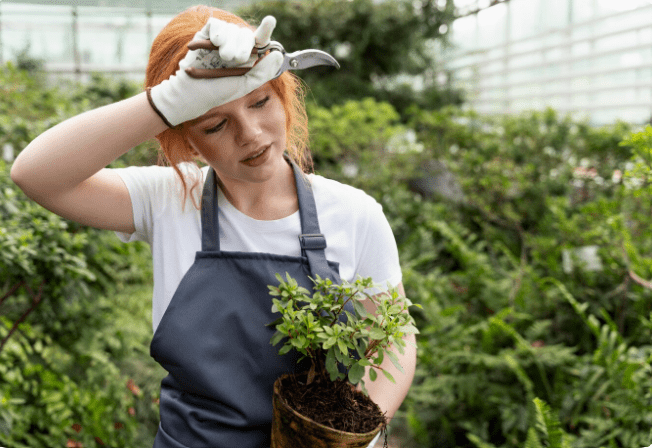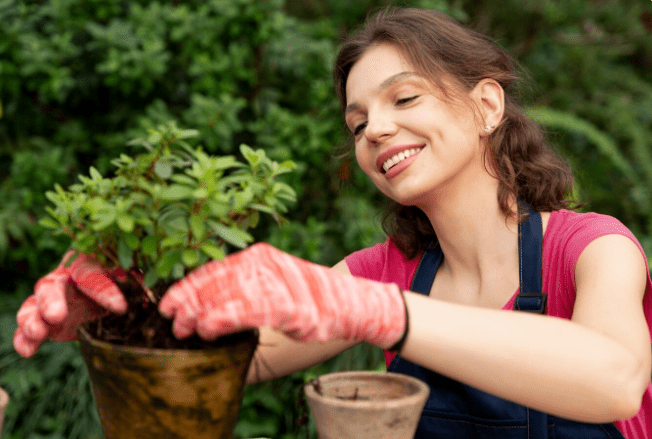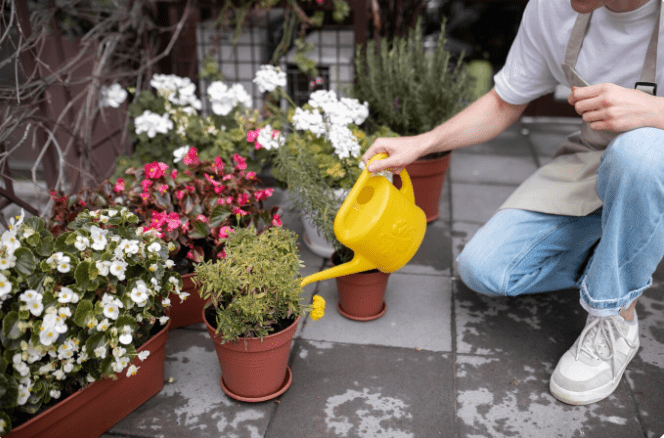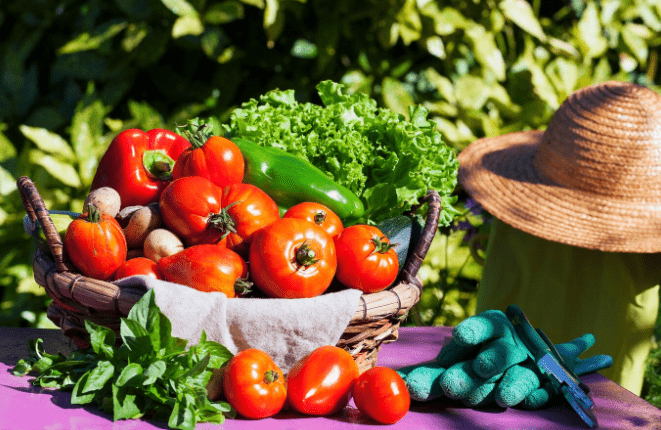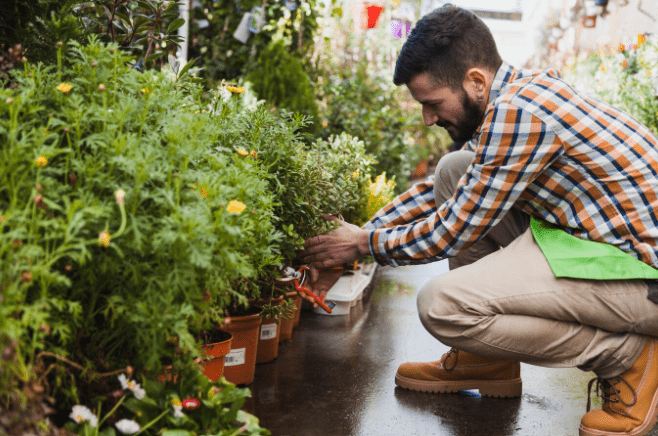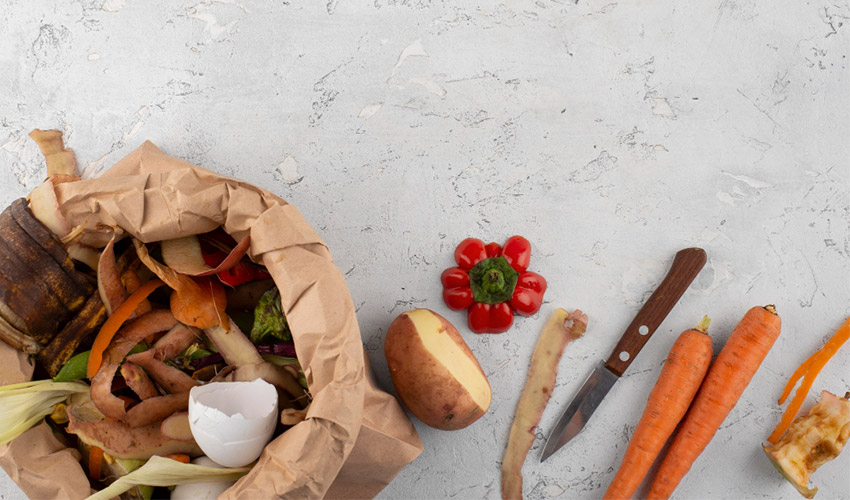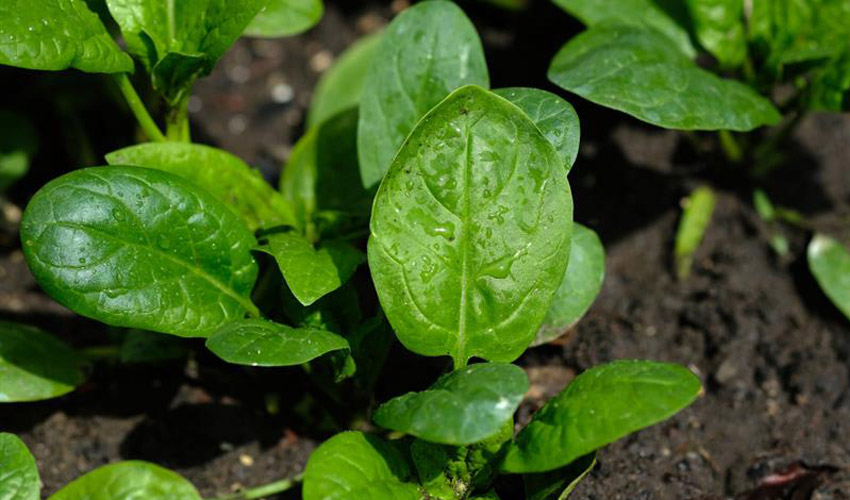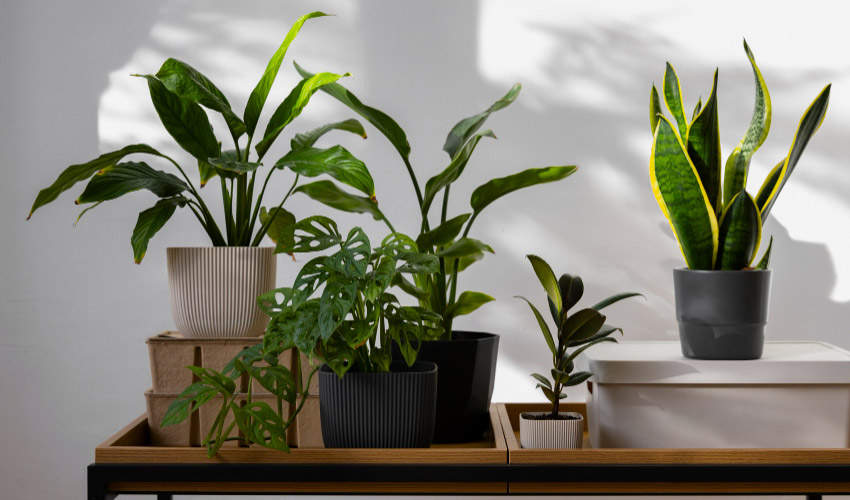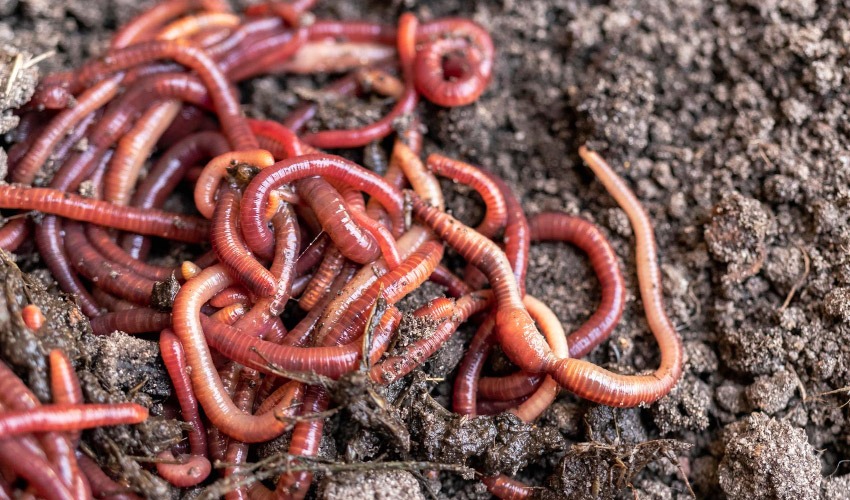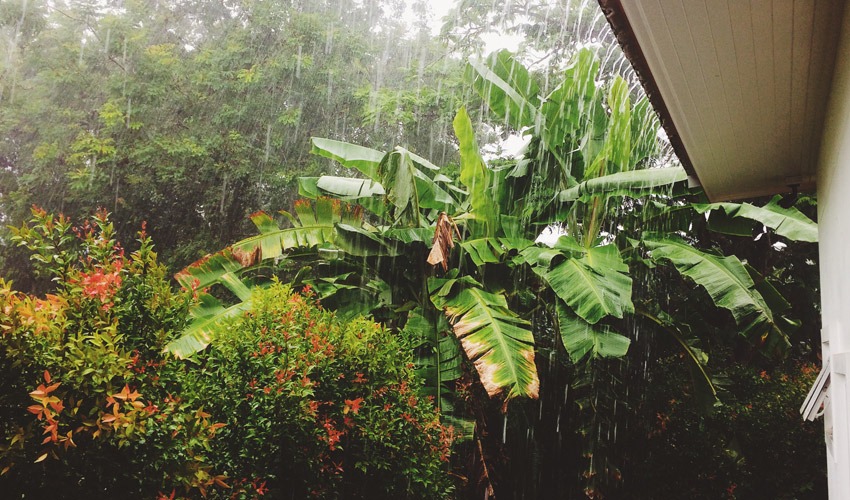July can be an exciting month for gardeners as plants are thriving, and growth is in full swing. But with so much happening, it’s easy to overlook key tasks while juggling everything at once.
Gardening is about progress, not perfection, and even experienced gardeners occasionally slip up. Whether you’re a seasoned grower or tending your very first patch, small mistakes are part of the journey. Still, if you want your garden to stay healthy and productive, it’s essential to avoid the most common pitfalls. Below are some common gardening mistakes in July that gardeners often make, along with simple ways to avoid them. Most of these mistakes are usually irreversible, but recognizing them early can save your plants and your effort in the long run.
Table of Contents
ToggleSkipping Proper Watering
In the heat of summer, your plants rely on consistent moisture to stay happy and healthy. A frequent slip-up is either not watering enough or choosing the wrong time of day. If you water when the sun is high, much of it evaporates before it even reaches the roots. It will waste both water and effort. The best approach is to water your plants early in the morning or in the evening when it’s cooler. Aim to water the soil thoroughly so that moisture reaches deeper, building strong and resilient roots.
Overcrowding Your Plants
It’s easy to get excited and fill every inch of your garden with greenery, but planting too closely can do more harm than good. When plants lack sufficient space, they often compete for resources such as sunlight, water, and other nutrients, particularly during the scorching summer months.
Tight spacing also cuts down airflow and creates a humid environment that invites fungal issues like powdery mildew or black spots on roses. Plus, when plants are crammed together, pests have a direct route to spread quickly from one plant to the next. Providing your plants with sufficient space not only helps them grow stronger but also keeps diseases and pests in check.
Neglect Mulching
Mulching might seem like an extra step, but in July, it’s a game changer for your garden. A good layer of mulch around your plants helps lock in moisture, keeps weeds from taking over, and protects the soil from extreme heat. Still, many gardeners skip this step, which results in dry soil and stressed plants.
To keep your garden thriving, spread organic mulch, such as shredded bark or dried leaves, around your plants. Not only does it help the soil stay cool and moist, but it also enriches the earth as it breaks down over time.
Skipping Deadheading
Allowing faded flowers to linger on your plants may seem harmless, but it can actually slow down their growth. Deadheading encourages the plant to keep producing fresh flowers. When you skip this simple task, your garden can start looking dull and less colorful.
Take a few minutes every few days to check your flowering plants and remove any dead or damaged blooms. This quick habit keeps your annuals and perennials blooming strong all summer long and encourages healthy growth.
Forgetting to Fertilise
By July, your plants are growing fast, and they’re hungry. One common misstep gardeners make is forgetting to fertilize during this crucial period. Without a steady supply of nutrients, plants can become weak, pale, and less productive.
To keep your garden thriving, apply a balanced, slow-release fertilizer or enrich the soil with well-rotted compost. Stick to the recommended amounts. Overfeeding can do more harm than good, so aim for steady, nourishing support to help your plants stay healthy through the summer.
Ignoring Pest and Disease Prevention
As temperatures rise, so does the risk of garden invaders. Many gardeners overlook pest and disease control in summer, only to find their plants suddenly struggling. Insects like aphids, slugs, and caterpillars can quickly harm the plant if left unchecked.
Stay one step ahead by inspecting your plants regularly for early signs of trouble. Tackle pests with natural solutions, such as neem oil or homemade insecticidal soap. Attracting helpful bugs such as ladybirds also helps to keep populations in balance.
Mowing Lawn Too Short
It might be tempting to give your lawn a close trim in summer, especially when it’s growing fast. But cutting grass too short during hot weather can actually cause more harm than good. Shorter blades expose the soil to direct sunlight, which results in moisture loss, dry patches, and even soil erosion.
One tip for plant care rainy season is to leave your lawn slightly taller as it helps shield the roots and soil, keeping everything cooler and healthier. If your lawn starts to look brown or dry, don’t panic. It’s a natural response to heat, and the green will return once cooler, wetter weather rolls in. In the meantime, save your water for plants that need it most.
Overlooking Patio Containers
It’s easy to fall in love with the vibrant charm of summer containers. However, while they appear low-maintenance, these potted plants require consistent care to remain healthy throughout the season.
Unlike garden beds, container plants have limited access to nutrients and moisture, so they dry out faster, especially during hot, dry spells. Check the soil daily by pressing a finger into the compost. If it’s dry, water immediately. If not, hold off and check again tomorrow.
Also, feed container plants regularly with a liquid fertilizer (such as tomato feed) and remove spent flowers to encourage new ones. Don’t forget to keep an eye out for sneaky pests like slugs and snails, which often hide under leaves or around the edges of pots to escape the heat.
Neglecting Greenhouse Plants
Greenhouses can be a blessing for plant growth. But in summer, they can quickly turn into ovens.
To keep things cool, make sure your greenhouse has proper shading. You can use a washable shading paint or stretch mesh fabric over the frame to block out intense sunlight during peak hours.
Good airflow is also necessary, so leave windows and doors open whenever possible. You can also raise humidity by lightly wetting the floor or placing shallow trays of water beneath shelves.

